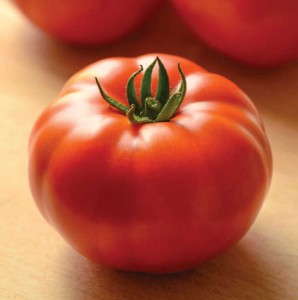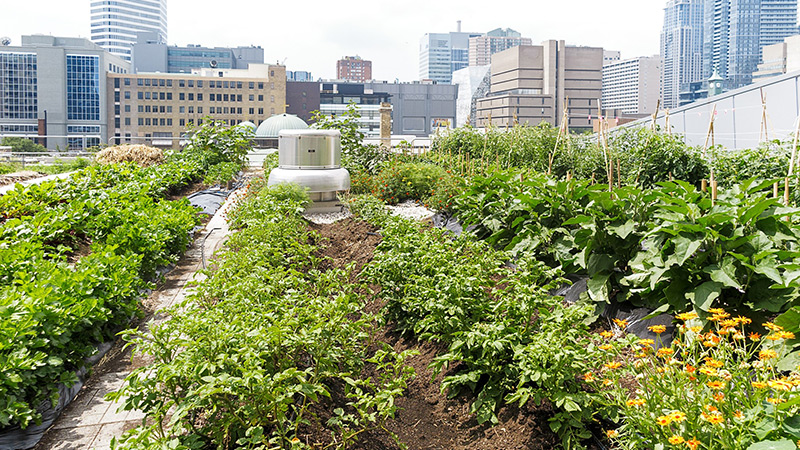The Case For Locally Grown
 We’ve all read the statistics, but they’re so dramatic — and impact our industry so much — that I think they’re worth repeating. Within 40 years or less, we’ll have another billion or more people on the planet, and farmers and growers nationwide will be required to produce twice as many crops with 30 percent less land available to keep up with the fast-growing world population.
We’ve all read the statistics, but they’re so dramatic — and impact our industry so much — that I think they’re worth repeating. Within 40 years or less, we’ll have another billion or more people on the planet, and farmers and growers nationwide will be required to produce twice as many crops with 30 percent less land available to keep up with the fast-growing world population.
That’s where greenhouse food production — or controlled environment agriculture — is growing to become more important with each additional year. Greenhouse food production is more efficient and less dependent on weather, providing more crop turnover through year-round production in any climate, and has a smaller environmental footprint, according to Gene Giacomelli, director of the University of Arizona’s Controlled Environment Agriculture Center (CEAC).
“Yield data show that tomato production is 600,000 pounds per acre in the greenhouse, versus 60,000 pounds per acre in the field; or 60 pounds per plant in the greenhouse versus 6 pounds per plant in the field,” Giacomelli says.
Add consumer concern for the environment, distrust in traditional food channels and desire for locally grown produce to these statistics, and it’s easy to see whey greenhouse ornamentals producers should at least consider vegetable production.
In August 2013, Agriculture Secretary Tom Vilsack announced that 8,144 farmers markets are now listed in USDA’s National Farmers’ Market Directory, up from about 5,000 in 2008.
“Due to consumer demand for local food we are seeing an increase in the diversity of market offerings, and more participation from small businesses and farms,” says Agricultural Marketing Service Administrator Anne Alonzo. “We are focusing on the sustainability and maturity of farmers markets — keeping new and old markets thriving and improving. Farmers markets around the country continue to be popular social events for families and communities.”
Local food and direct marketing opportunities, including farmers’ markets, are one of the fastest growing segments of agriculture. Worth an estimated $1 billion in 2005, local food sales grew to $4.8 billion in 2007 and nearly $7 billion in 2012.
This is extending to floriculture, too, through the Slow Flowers Movement. It all started with a book by garden writer Debra Prinzing, who was inspired by the slow food movement and challenged herself to put together bouquets of locally sourced bouquets for a year, then wrote Slow Flowers: Four Seasons of Locally Grown Bouquets from the Garden, Meadow and Farm.
The idea grew into a movement via social media, and will soon be an online resource at SlowFlowers.com, to connect floral customers with American floral designers who take the “no imports” pledge. Back in the ‘80s, when the U.S. cut flower industry was struggling due to the growing import business, you probably never thought that a few decades later, consumers would be asking for local cut flowers. But according to SlowFlowers.com, consumers want to know where their flowers are grown, how far they had to travel to get to them, and even want to meet the flower grower.
“When you choose locally grown, American flowers, they are in-season and definitely more sustainable than any product that was shipped here on jumbo jets from another continent,” the website states.
How much longer will it be before the same is true of consumers buying bedding plants, perennials, potted plants and shrubs and trees? Transparency is key to your operation, no matter what you grow. Consumers will increasingly want to know where, how and by whom the products they buy are produced.
Grower Homework: Transparency is the key to profits with slow food and flowers customers. Buld or enhance your company website to provide your community with a clear understanding of who you are and how you operate. Feel free to share your ideas via eMail, [email protected] or tweet @Laura_GG_TGC.










